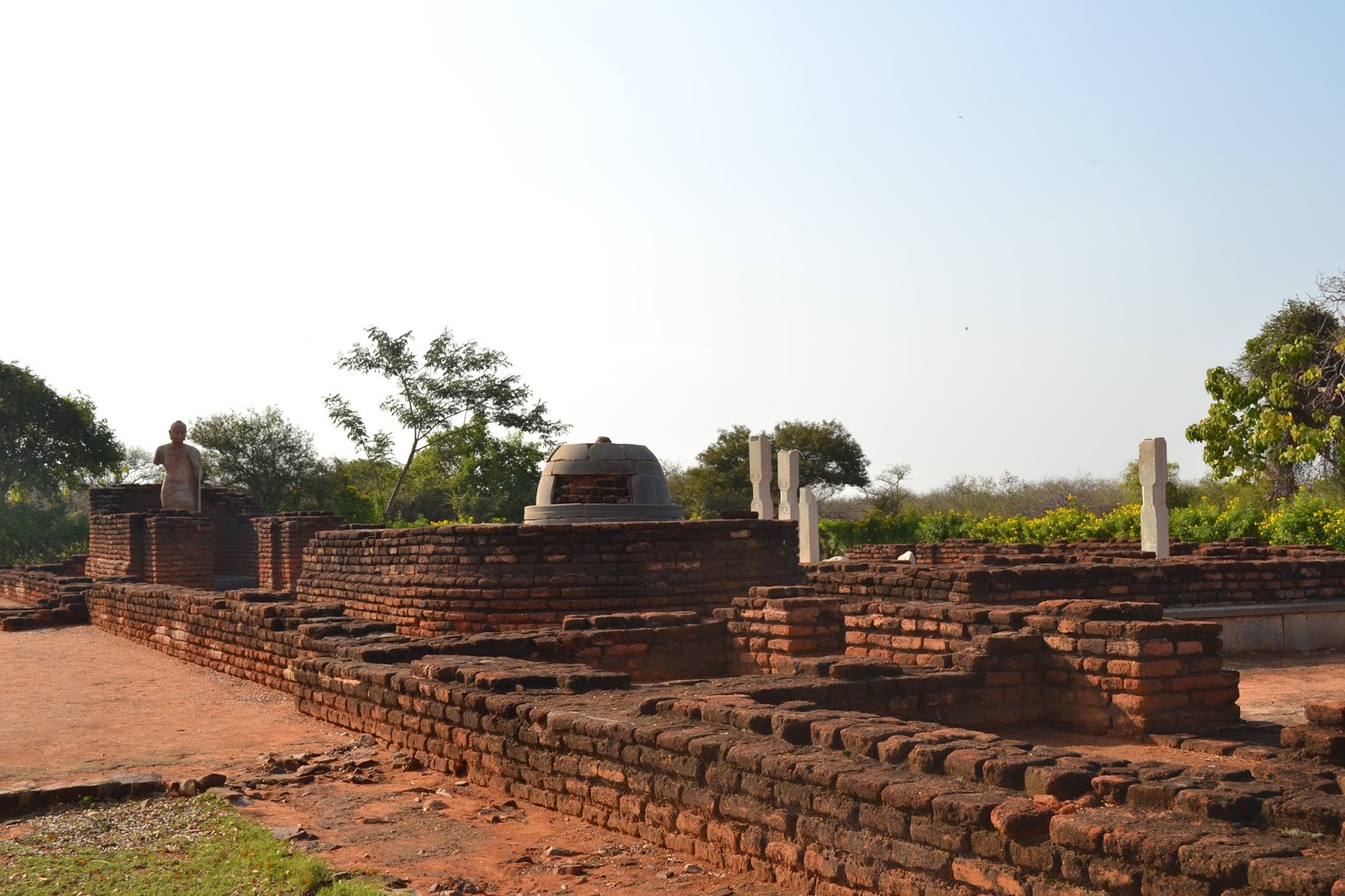Buddhist Site of Amaravati

AMARAVATI The present capital area has its own historical significance of having recorded its first ever legislation 2,200 years ago. The present-day capital region includes the ancient Amaravati. The area has been ruled by the Mauryas, Satavahanas, Ikshvakus, Vishnukundina, Pallavas, Telugu Cholas, Kakatiyas, Delhi Sultanate, Musunuri Nayaks, Bahmani Sultanate, Vijayanagara Empire, Sultanate of Golconda and Mughal Empire successively before the founding of the Nizam of Hyderabad in 1724. It was ceded to France in 1750 but was captured by England in 1759. Amaravati was a seat of Buddhism prior to the rise of Satavahanas, and a stupa and monastery were built there during the reign of Emperor Ashoka (269-232 BC) under Mauryan empire. The great stupa or Mahachaitya at Amaravati was one of the biggest in Andhra Pradesh with a probable diameter of 50 meters and a height of 27 meters. Buddhist legends of Amaravathi / Dharanikota: According to ‘Vajraya


